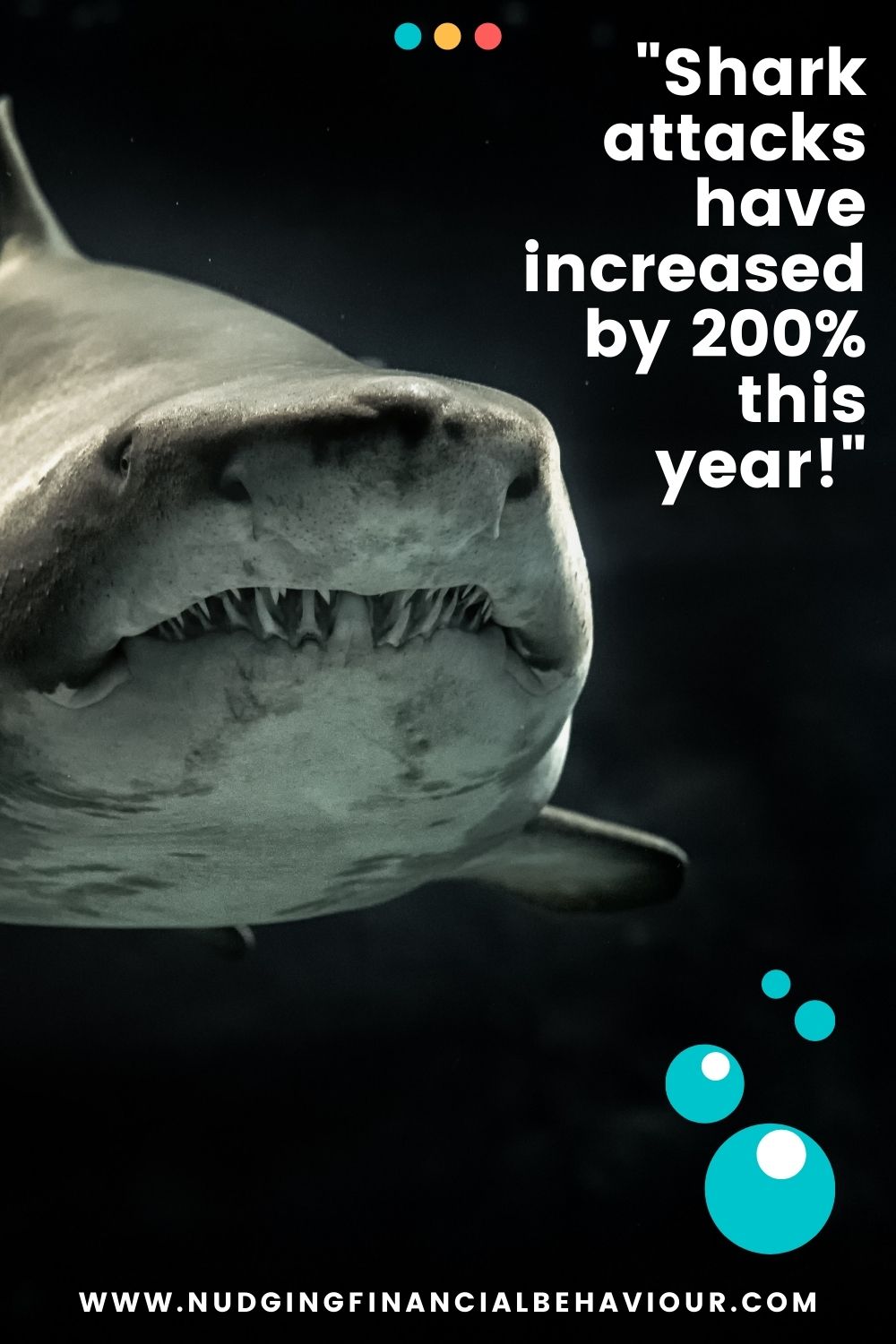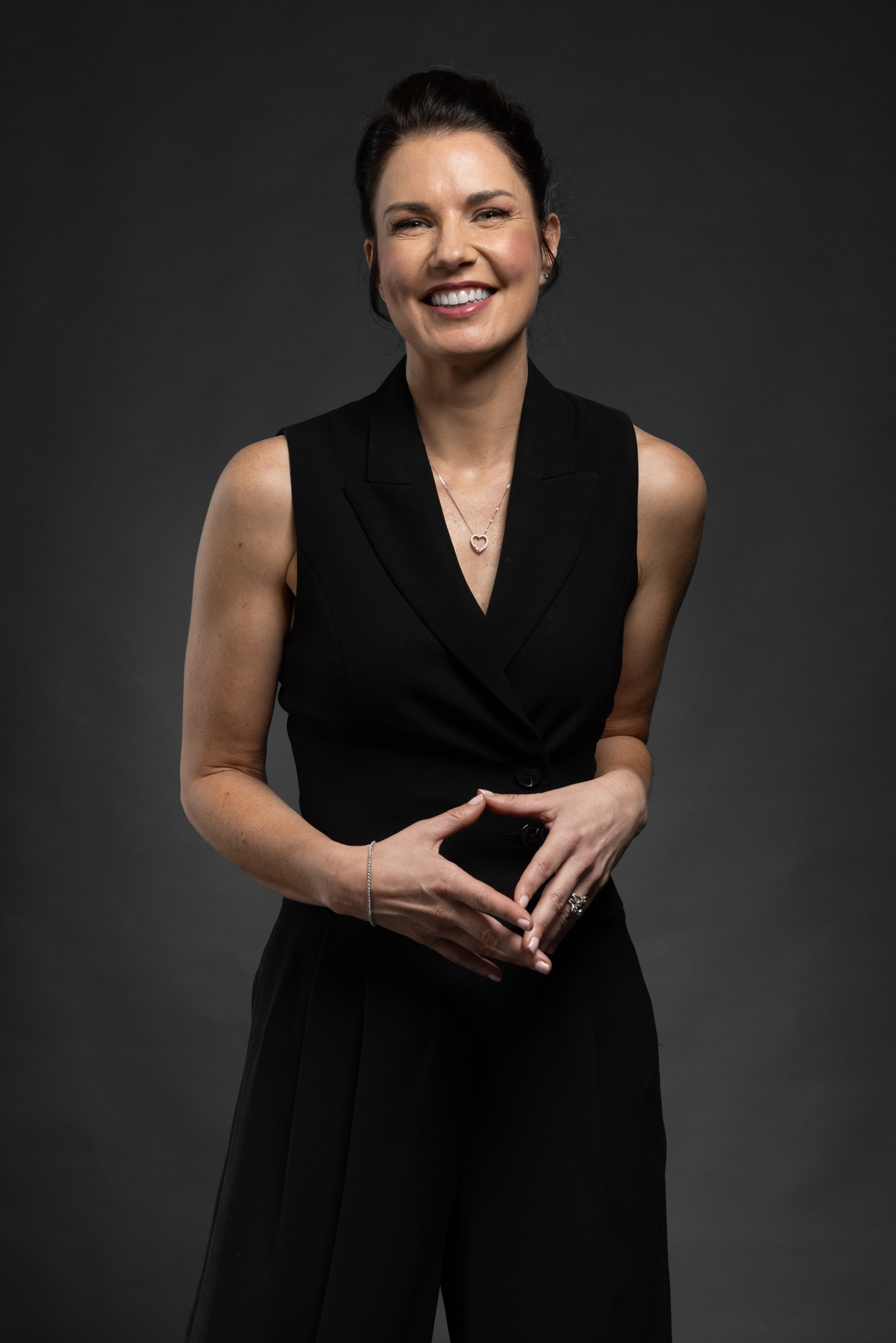This blog post series has already come a long way in describing our heuristics and cognitive biases, and how they affect our decision making. In this post, we’re going to look at some framing effect examples. We’ll explain how framing bias can influence the way we perceive a situation or decision. And we’ll present different positive and negative framing examples to help illustrate this.
The framing effect definition refers to a situation whereby we fail to see through the way in which information is provided to us. If you know the phrase: “it’s not what you say, but how you say it” you’re familiar with framing. You’ll likely get a different response if you say “Hey, the kitchen is dirty!” rather than, “It would be great if you could help me clean the kitchen, love.”
Let’s look at a framing bias example (adapted from Amos Tversky and Daniel Kahneman’s examples of framing in everyday life). Imagine that your country is preparing for the outbreak of an unusual disease (sound familiar?), which is expected to kill 600 people. Two alternative programs to combat the disease have been proposed. Assume the exact scientific estimates of the consequences of the programs are as follows:
If program A is adopted 200 people will be saved.
If program B is adopted there is a 1/3 probability that 600 people will be saved, and a 2/3 probability that no one will be saved.
Which program do you support (write it down, A or B)?
Now, the same disease from the earlier question is back. Only this time the two programs now have the following payoffs:
If program A is adopted 400 people will die.
If program B is adopted there is a 1/3 probability that nobody will die, and a 2/3 probability that 600 people will die.
Which program do you choose (write it down again, A or B)?
Now compare your two answers. There is no attempt at trickery with the two questions. If we were perfectly rational, then there should be no difference in our answers, or the degree to which we were certain of our choice, because the estimated payoffs between the two programs in each example were identical. The only difference was the way in which the information was framed, whether in terms of saving 200 people (a positive frame) or 400 people dying (a negative frame).
When framed in terms of saving lives (the 1st question), most people choose program A (the certain option). And when framed in terms of people dying (the 2nd question), people either select program B (the gamble) or there is indifference between the two programs ( Prospect theory – read more about it here). This is a major problem for economics which claims that people’s preferences should be stable. These questions show that there is preference reversal: that different frames and presenting information in different ways results in different choices being made.

Perhaps it comes down to the old adage: A bird in the hand is worth two in the bush.
Framing effects can be very influential, and to the degree that you can think of a task as close rather than distant, you’re more likely to actually get it done.
Perhaps it comes down to the old adage: A bird in the hand is worth two in the bush.

Framing effects can be very influential, and to the degree that you can think of a task as close rather than distant, you’re more likely to actually get it done.
We make decisions that are influenced by the manner in which information about something is presented. Imagine you are in the shop and you want to purchase healthy yoghurt (and let’s pretend that your definition of healthy is the elimination of fat). You see two tubs of yoghurt. One says it’s ‘99% fat free’, the other says it’s ‘1% fat’. If you think about it, both yoghurts make the same claim about their fat content. However, people are more likely to choose the ‘99% fat free’ yoghurt. The only difference being that the fat content was framed differently.
The history of frames goes as far back as sociologist Erving Goffman who developed the concept of dramaturgy within social sciences: the idea that life is like a never-ending play in which people are actors. He believed that whatever we do, we are playing out some role on the stage of life. The way we present ourselves is dependent upon the situation – or frame – and we create the frames through our interaction with others.
Cinema is a matter of what’s in the frame and what’s out.

The history of frames goes as far back as sociologist Erving Goffman who developed the concept of dramaturgy within social sciences: the idea that life is like a never-ending play in which people are actors. He believed that whatever we do, we are playing out some role on the stage of life. The way we present ourselves is dependent upon the situation – or frame – and we create the frames through our interaction with others.

Cinema is a matter of what’s in the frame and what’s out.
It can be argued that framing isn’t really a psychological bias – it’s simply how me make sense of life. But with that argument, we can probably explain away most biases. We can agree that without framing we don’t have any context to a situation or decision. But the problem is that it influences our perceptions of things.
If you’re unconvinced of the inevitability of climate change, the views of environmentalists won’t matter to you. Despite the potential of them offering you a different point of view. Share on XIf you’re a capitalist, then a reasonable argument for the socialisation of health care won’t interest you either. Are you starting to see the problem?
Related to framing is The Compromise Effect. This is where we have the tendency to select a compromised choice when it is framed by two extremes (a clever sales trick).
Consider a restaurant wine list. Typically, most wine lists have a few expensive options, a few cheap options and then some mid-range options. The reality is that the mid-range options are often surprisingly expensive, but when viewed as the reasonable compromise between the comparatively expensive and cheap options, the price of the mid-range wine appears reasonable. Consider the following wine list:
The $60 bottle of wine seems expensive, it’s three times more expensive than the other two bottles. This is clearly an expensive wine reserved for special occasions and your impulse will be to go for one of the $20 bottles of wine.
Now consider this wine list:
Again, there is an expensive $200 bottle of wine on the list. But now, the $20 bottle of wine is worryingly cheap and obviously not good. Thus, you’ll compromise for the $60 bottle which seems like the more compelling and reasonable choice.
What you can learn from these framing effect examples is that you’re strangely willing to spend more on mid-range options when they are framed by cheap and expensive options (the use of reference points). If the $200 bottle of wine were to be removed from the 2nd menu, suddenly the $60 bottle would appear too expensive.
A key learning point here is that price is not necessarily indicative of value. But negative framing is used to influence our value perception. Share on XTo add another dimension – the size of the frame is also important (sometimes size does matter). ‘Narrow framing’ is a term used to describe someone who views each individual share or investment in isolation. The frame of reference is simply the individual company or investment. In this same context, a wider frame would refer to someone rather viewing their entire share portfolio or overall wealth. It might not sound like there is too much of a difference between these two approaches, but there is. The trouble with framing is that while it doesn’t look like it will make a difference, it really does.
Investors who make decisions based on a narrow frame of reference have poorly diversified portfolios when compared to those with wider frames. Consider the financial impact of this on a business. This doesn’t always equate to lower returns, but it indeed equates to greater volatility and higher risk.
Narrow framing is linked to the disposition effect. But in short it refers to our tendency to sell shares that have increased in price ( gain domain) and hold onto shares that have decreased in price ( loss domain).
Glossing is another popular type of framing. Think about a falling share price that is termed a ‘correction’. Or an overpaid acquisition price branded as ‘goodwill’. Or transforming problems into ‘opportunities’ or ‘challenges’, weaknesses into ‘areas for development’. It’s all framing. Here’s a perilous one: genocide framed as ‘ethnic cleansing’.
Finally, let’s consider framing in media. Think of the great job the media does in creating scary stories where there aren’t any. “Shark attacks have increased by 200% this year”, when the reality is that they increased from 2 to 6. (And perhaps the definition of ‘attack’ has also become more generous). Examples of framing bias are everywhere.

Glossing is another popular type of framing. Think about a falling share price that is termed a ‘correction’. Or an overpaid acquisition price branded as ‘goodwill’. Or transforming problems into ‘opportunities’ or ‘challenges’, weaknesses into ‘areas for development’. It’s all framing. Here’s a perilous one: genocide framed as ‘ethnic cleansing’.
Finally, let’s consider framing in media. Think of the great job the media does in creating scary stories where there aren’t any. “Shark attacks have increased by 200% this year”, when the reality is that they increased from 2 to 6. (And perhaps the definition of ‘attack’ has also become more generous). Examples of framing bias are everywhere.

From a quantitative perspective, perhaps the best advice is to remember that ‘price does not necessarily indicate value’. Framing is not always intentional and thus it’s important to consider the effect it might have on any decisions.
When trying to evaluate or study things critically, consider what frame you’re looking through. Re-word the argument, particularly the argument of those who are trying to persuade you to choose something. As we can see in the framing effect examples given – if you change the frame – you make a different decision.
Have the awareness that everything that is communicated to you contains an element of framing. Every fact, even if you heard it from a reliable source, is subject to this bias. Even this blog post.
Let us know in the comments below.
Let us know in the comments below.
I am passionate about helping people understand their behaviour with money and gently nudging them to spend less and save more. I have several academic journal publications on investor behaviour, financial literacy and personal finance, and perfectly understand the biases that influence how we manage our money. This blog is where I break down those ideas and share my thinking. I’ll try to cover relevant topics that my readers bring to my attention. Please read, share, and comment. That’s how we spread knowledge and help both ourselves and others to become in control of our financial situations.

Dr Gizelle Willows
PhD and NRF-rating in Behavioural Finance
[user_registration_form id=”8641″]
“Essentially, all models are wrong, but some are useful.” – George E.P. Box
Receive gentle nudges from us:
